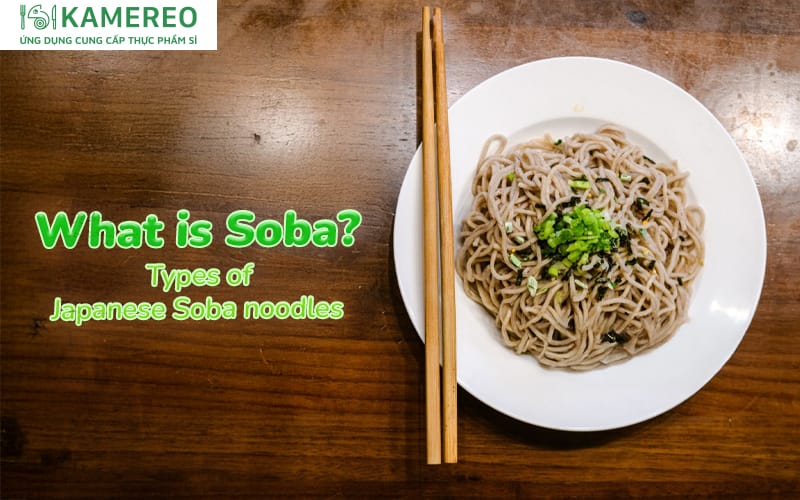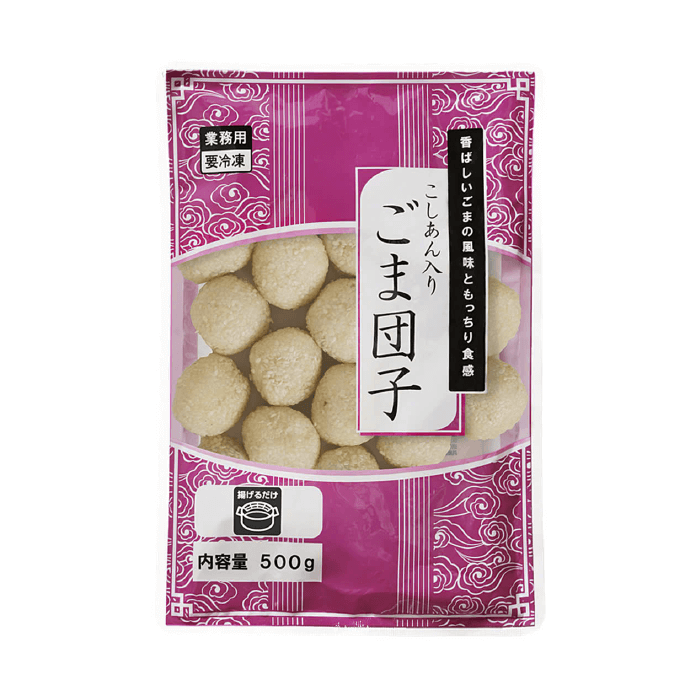Soba noodles, made from buckwheat flour, are a traditional Japanese dish with a long history, deeply intertwined with many unique cultural values. This dish is considered a symbol of luck and fortune, often appearing during important festivals. Let Kamereo guide you through the various types and authentic Japanese ways to enjoy soba noodles in the article below!
Information about Soba Noodles
What are Soba Noodles?
Soba noodles are a traditional Japanese noodle, made primarily from buckwheat flour. Soba noodles have a thin shape, similar to Italian spaghetti. These noodles are usually prepared in two ways: cold soba noodles served with dipping sauce and hot soba noodles served with hot broth.
Soba noodles are widely popular in Japan, appearing on the menus of high-end restaurants, convenience stores, and traditional markets. Additionally, buyers can easily find dried soba noodles with instant broth, convenient for home cooking.

Origin of Soba Noodles
Soba noodles appeared during the Edo period (1603 – 1868), initially served with sake as a rustic dish, popular in urban areas. This dish was favored not only for its simplicity but also for its high nutritional value, rich in thiamine, which helps prevent beriberi, a common disease caused by white rice consumption.
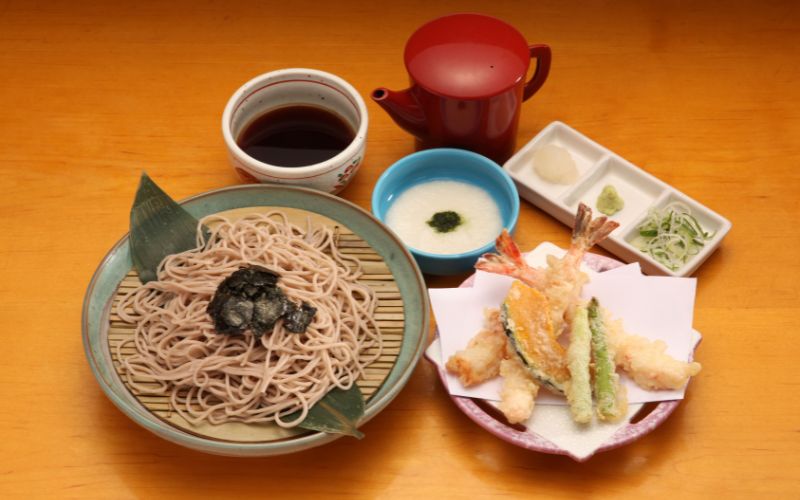
Ingredients for Making Soba Noodles
Traditional Japanese soba noodles are made from buckwheat flour, combined with water and a binder. The ratio of buckwheat flour to wheat flour in the binder determines the name and distinctive flavor of each type of noodle. In addition to wheat flour, some soba noodles also use chicken eggs, Japanese yam, nori seaweed, konjac, or oyamabokuchi to create binding.
Besides, soba noodles are also varied with many different ingredients, creating diversity in Japanese cuisine. Sesame soba noodles, nori soba, and matcha soba are typical examples. Some restaurants even add seasonal fruits, Japanese pepper, bamboo shoots, large leaves, wakame seaweed, and plums, offering a rich and unique culinary experience.

Buy ingredients for cooking soba noodles at good prices, standard Japanese domestic quality at Kamereo:
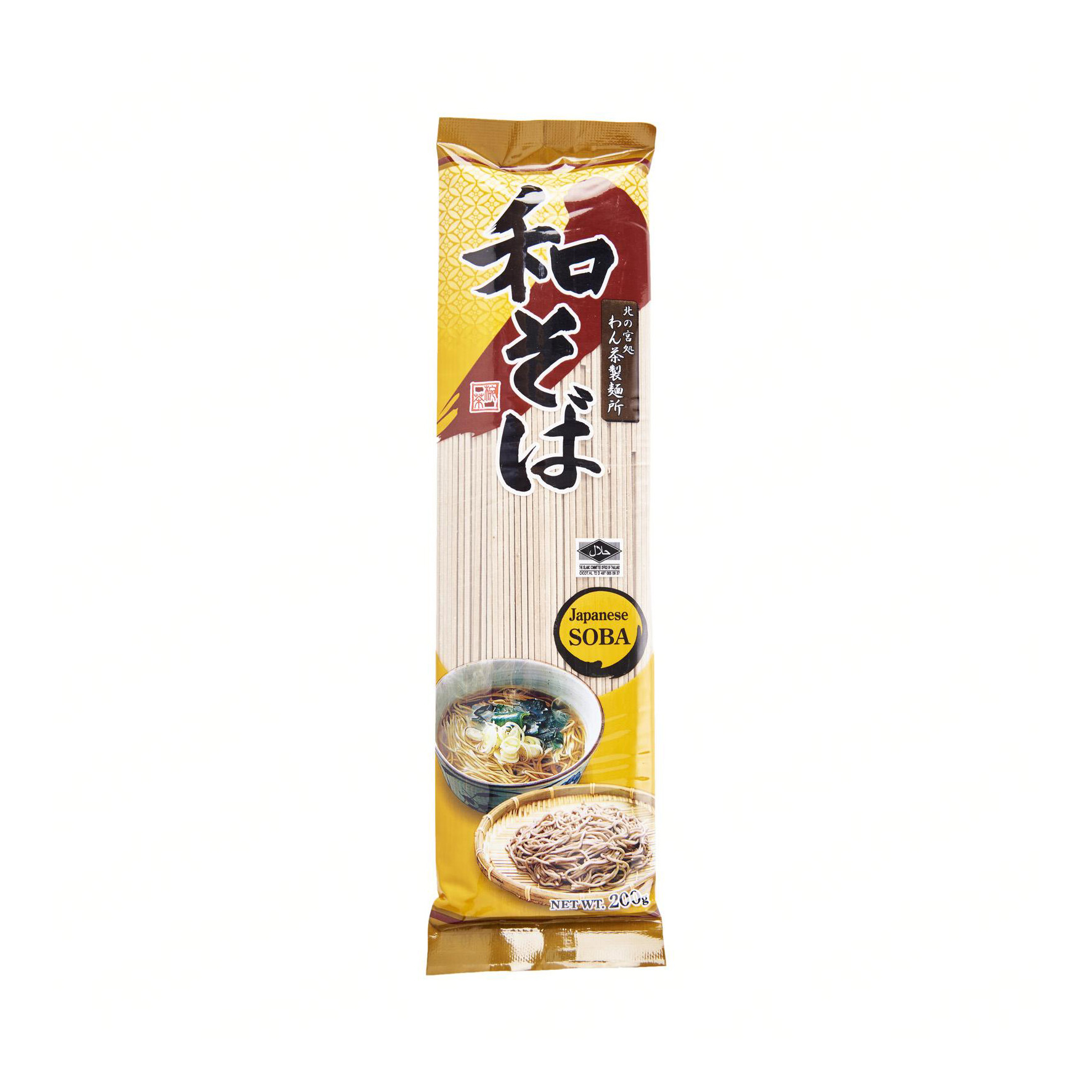
Soba Yamamori 200g
51,000đ/PACK
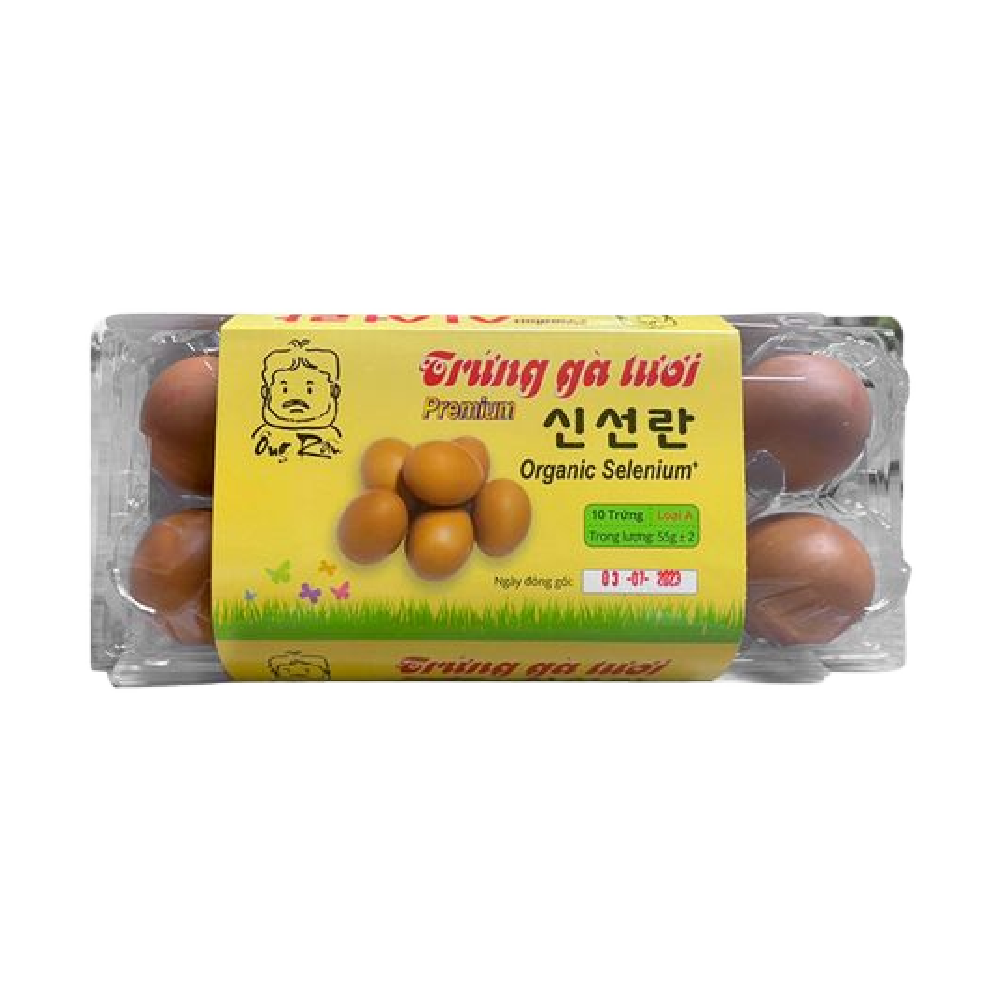
GFoods Chicken Egg 55g 10 Eggs/ Box
25,000đ/BOX
30,500đ/BOX
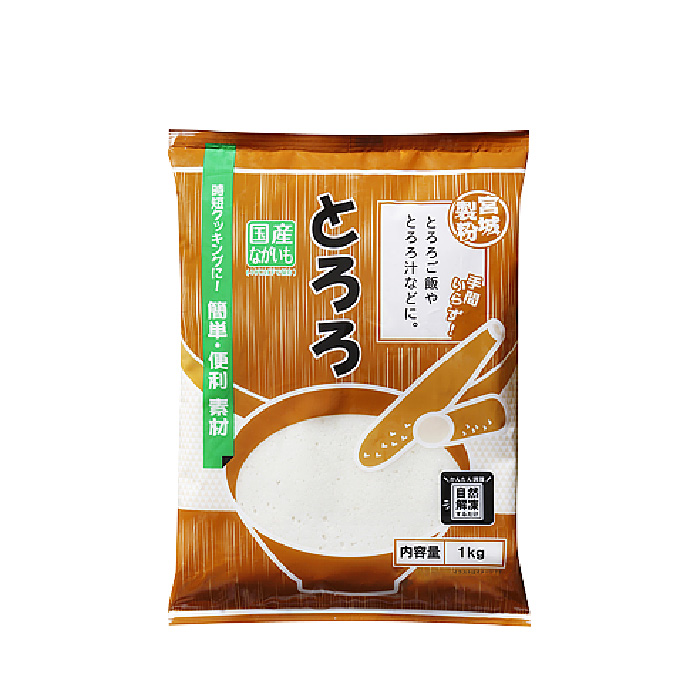
Mashed Yam 1kg
270,000đ/PACK
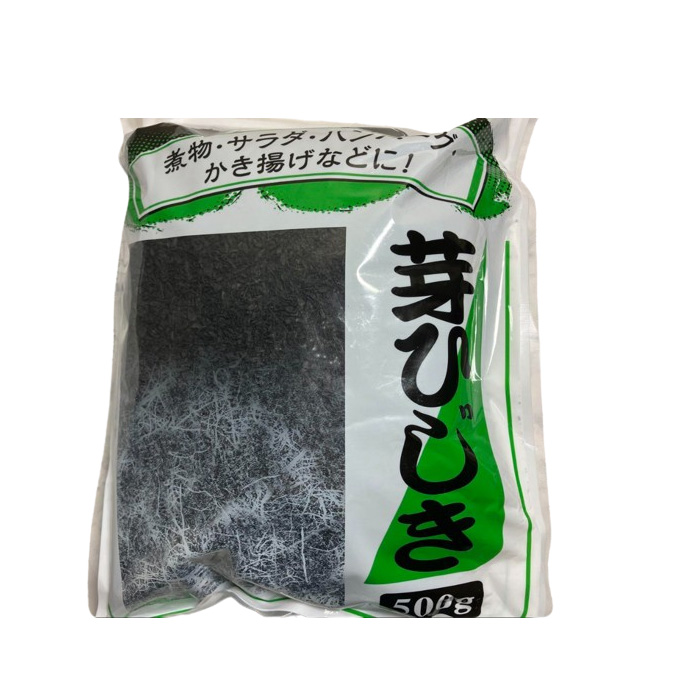
Hijiki Dried Seaweed 500g
205,000đ/PACK
Japanese Soba Noodle Dishes
Japanese soba noodles can be prepared and enjoyed in many different ways, from cool, refreshing cold soba dishes to rich, flavorful hot soba dishes:
Cold Soba Dishes
Cold soba noodles are often delicately presented on a bamboo tray called “zaru”. The highlight of the dish is the chewy soba noodles combined with a light sprinkle of dried nori seaweed on top. Accompanying cold soba noodles is the rich “soba tsuyu” sauce, made from dashi (tuna broth), sweet soy sauce (satōjōyu), and mirin (sweet rice wine).
Cold soba noodles have many diverse variations, each with a unique nuance:
- Hiyashi soba: This is a cold soba noodle dish served with a variety of rich spices. Diners will pour the broth over themselves, creating a harmonious combination of noodles, sauce, and spices. Some commonly used spices include:
- Tororo: grated Japanese yam, offering a characteristic buttery flavor.
- Oroshi: grated white radish, creating a fresh and light feeling.
- Natto: fermented soybeans, offering a unique and nutritious flavor.
- Okra: sliced fresh okra, adding a natural sweet crunch.
- Mori soba: The most basic type of cold soba noodles, served simply on a bamboo basket or plate.
- Soba maki: A creative variation, cold soba noodles are rolled in seaweed.
- Salad soba: Cold soba noodles mixed with sesame oil and fresh greens.
- Zaru soba: A familiar cold soba noodle dish, characterized by chopped nori seaweed sprinkled on the surface.
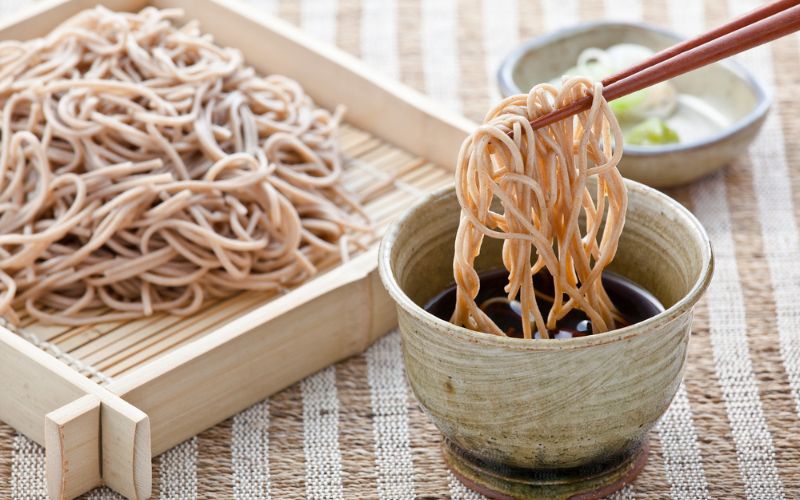
Hot Soba Dishes
Hot soba noodles offer an unforgettable culinary experience with rich tsuyu broth, dotted with onions and chili powder. The uniqueness of the dish lies in the diversity of preparation methods, each type of hot soba noodles offering a distinctive flavor, demonstrating creativity and sophistication in Japanese cuisine.
Popular types of hot soba noodles include:
- Kake Soba: Simple soba noodles with hot soba tsuyu broth, often served with scallions and wasabi.
- Tempura Soba: A combination of hot soba noodles and crispy tempura dishes such as shrimp and vegetables.
- Tsukimi Soba: A unique dish with a raw chicken egg on the surface, symbolizing the moon, offering a characteristic rich flavor.
- Curry Soba: An attractive variation with fragrant curry broth, creating a novel blend of soba noodles and curry flavor.
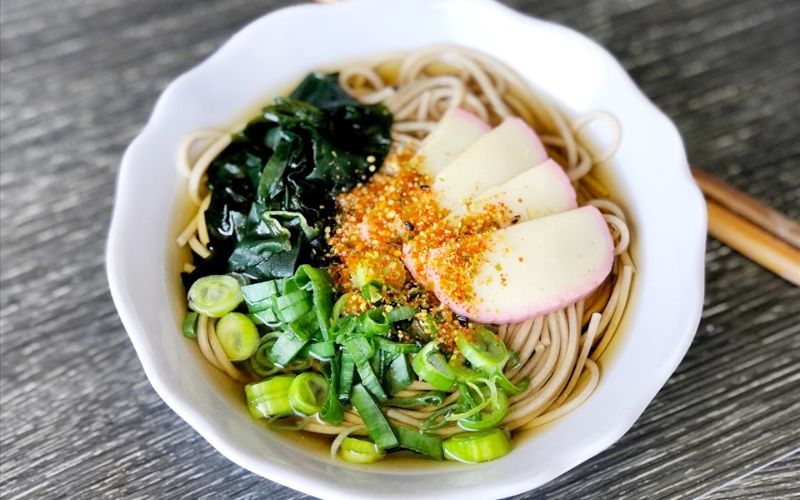
Classification of Soba Noodles
Soba noodles are mainly classified by regional origin, reflecting the diversity of Japanese culinary culture, and by ingredient composition, creating unique flavor variations. Specifically:
Classification of Soba Noodles by Region
Japan boasts many distinctive soba noodle variations, each reflecting the unique flavor and culinary style of each region:
- Edo Soba: From Tokyo, this type of soba noodle expresses the sophistication and traditional flavor of the ancient Edo region.
- Shinshu Soba: A specialty of the Nagano region, famous for its rich and pure buckwheat flavor.
- Izumo Soba: This type of soba noodle comes from the Shimane region, with large noodles and a characteristic bright color.
- Echizen Oroshi Soba: A prominent delicacy of the Fukui region, often served with grated oroshi radish and wasabi, offering a fresh and spicy flavor.
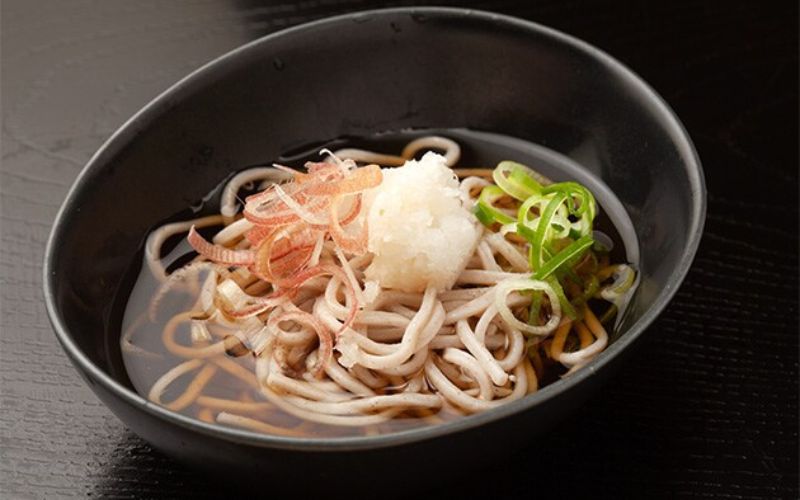
Classification of Soba Noodles by Ingredients
Ingredient composition is also an important factor that creates the diversity of soba noodles, with different ratios and types of flour. Among them:
- Nihachi Soba: A popular type of soba noodle, mixing 80% buckwheat flour and 20% wheat flour, creating a balance between flavor and softness.
- Juwari Soba: Made entirely from 100% buckwheat flour, offering a rich buckwheat flavor and characteristic texture.
- Inaka Soba: A traditional type of soba noodle, using whole buckwheat flour, with a dark brown color and high nutritional content.
- Cha Soba: Soba noodles with a beautiful green color, made from buckwheat flour mixed with matcha green tea powder, offering a unique tea flavor.
- Kuromai Soba: A special soba noodle dish made from black rice flour, creating a characteristic black color and a unique, novel flavor.

How to Enjoy Soba Noodles
Here is a summary of popular ways to enjoy soba noodles, from hot, warm dishes to cool, refreshing dishes, depending on preference and weather:
How to Eat Hot Soba Noodles
Similar to Vietnamese vermicelli and pho dishes, to enjoy hot soba noodles, the noodles are briefly blanched and then placed on top with some stir-fried meat, sliced fish cakes, chopped leeks, and pickled ginger. Finally, the hot broth is poured over the noodles, creating an attractive and rich flavor.
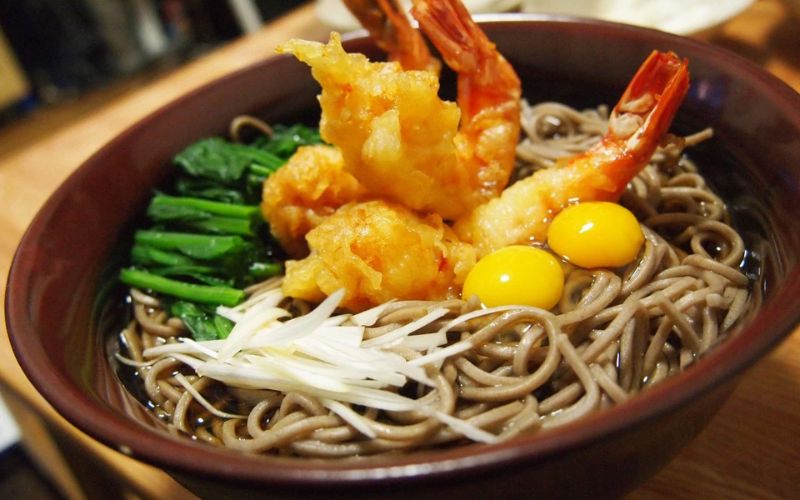
How to Eat Cold Soba Noodles
To fully enjoy the unique flavor of cold soba noodles, the Japanese have certain rules. First, they will taste the original noodles to feel the chewiness and natural flavor. Next, diners will quickly dip the noodles in the rich tsuyu sauce and enjoy immediately.
After becoming familiar with the two basic flavors above, diners will begin to adjust the spices to suit their personal taste. A little fresh cilantro and a few drops of pungent mustard will be added to the sauce to create a perfect blend.
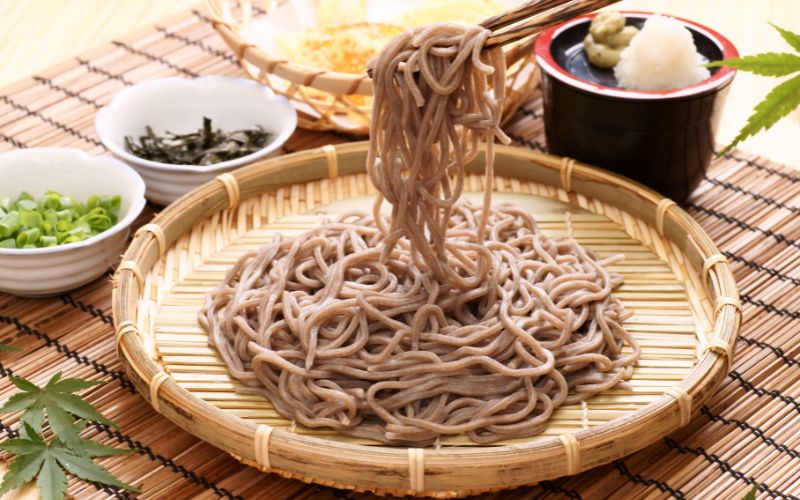
Answering Frequently Asked Questions When Eating Soba Noodles
Should you make noise when eating soba noodles?
Yes. In Japan, eating soba noodles is often accompanied by loud noises such as “slurp, slurp, slurp”. This action is not considered impolite but is considered part of the proper way to enjoy the dish. The Japanese believe that slurping noodles helps to fully feel the flavor of soba, while also expressing satisfaction with the dish.
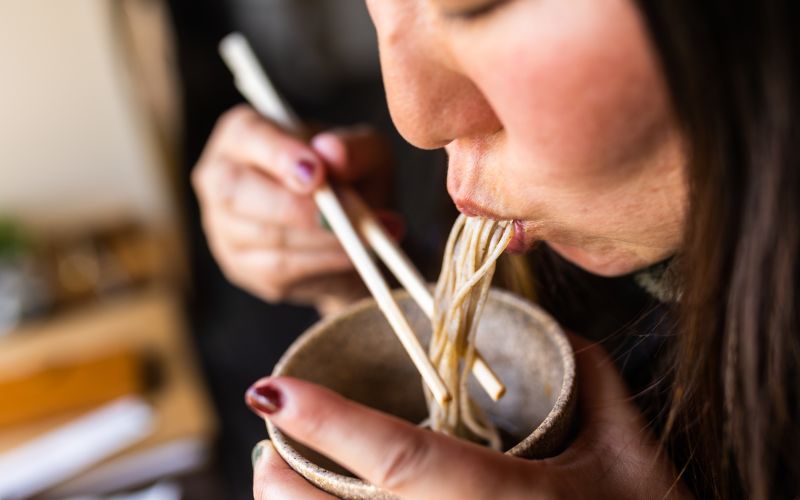
Notes When Eating Soba Noodles
To fully enjoy soba noodles – the sophisticated culinary culture of Japan, there are a few important notes you need to remember, including:
- Traditionally, the Japanese often eat cold soba noodles before eating hot soba noodles.
- When eating cold soba noodles, you should only dip about 1/3 of the noodles in the dipping sauce, helping the noodles maintain their chewiness and not affect the flavor.
- In Japan, besides traditional buckwheat soba noodles, there are also some noodles called “soba” but made from other ingredients, for example:
- Yakisoba: Japanese stir-fried noodles.
- Chukasoba: Ramen egg noodles.
- Okinawa Soba: Thick noodles, served with pork broth.
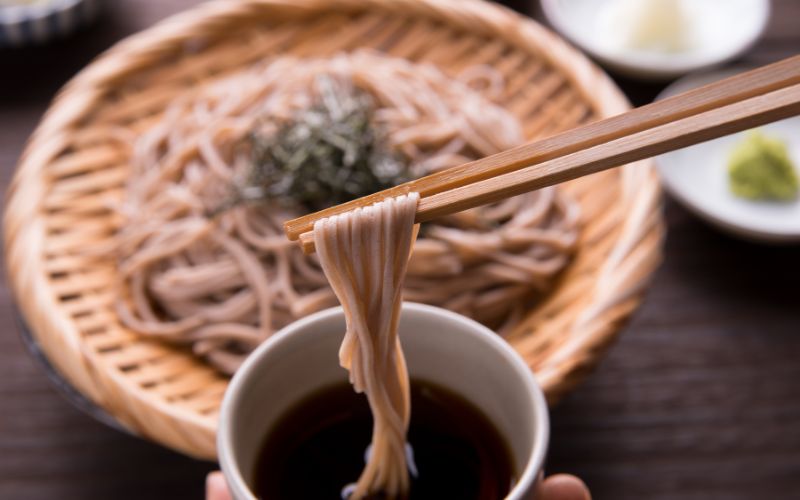
Kamereo – Supplier of Standard Japanese Domestic Ingredients
Kamereo is an application that provides wholesale food for F&B businesses, famous for its standard Japanese domestic ingredients. With a strategic partnership with Gyomu Japan, Kamereo offers genuine Japanese products at competitive prices in the Vietnamese market. The food storage and preservation warehouse is modernly equipped, with a rigorous quality control process, ensuring that products always reach customers with the best quality.

Not only providing food, Kamereo is also a partner accompanying F&B businesses, focusing on building a transparent, modern, and sustainable supply chain ecosystem. Our comprehensive supply solutions ensure that businesses can operate with peace of mind, committing to always available, quality standard, and quickly delivered goods.
Kamereo’s difference from traditional suppliers lies in the application of technology to optimize the procurement and cost management process. F&B businesses can easily update product prices online through Kamereo’s application and website. This helps customers make smarter and more effective purchasing decisions, while saving time and costs.
[/highlight]
Bestselling authentic Japanese products at Kamereo:
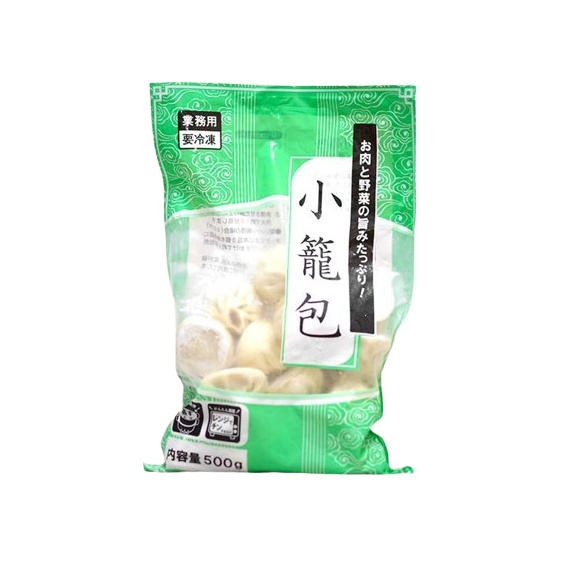
Frozen Soup Dumplings 500g
199,000đ/PACK
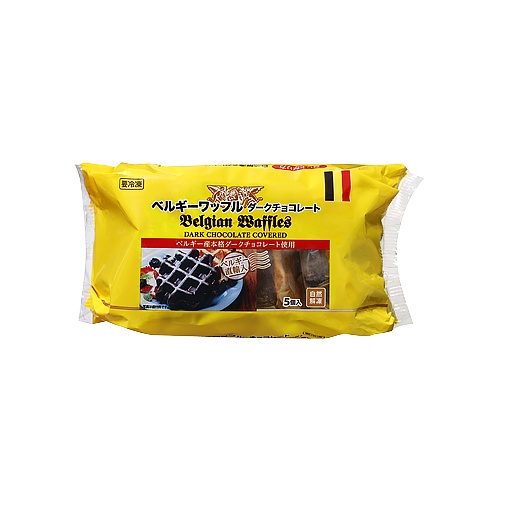
Belgian Frozen Waffle With Chocolate Flavor 300g
100,000đ/PACK
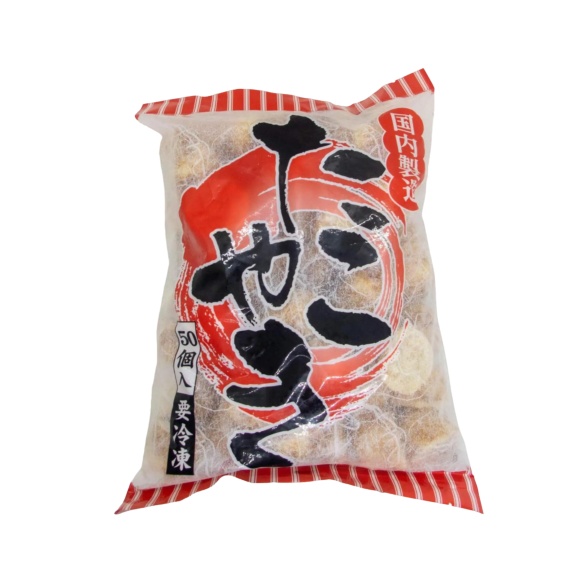
Frozen Takoyaki (Octopus Balls) 1kg
219,000đ/PACK
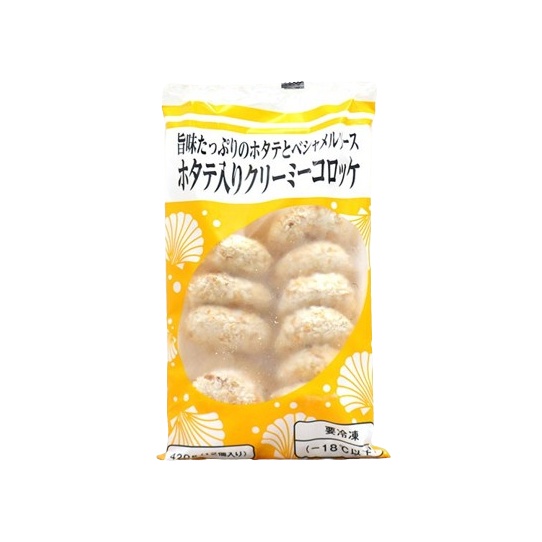
Frozen Fried Scallop Cakes With Cream Sauce 420g
175,000đ/PACK

Frozen Churros 500g
52,683đ/PACK
54,000đ/PACK

Frozen Strawberry Churros 500g
55,000đ/PACK
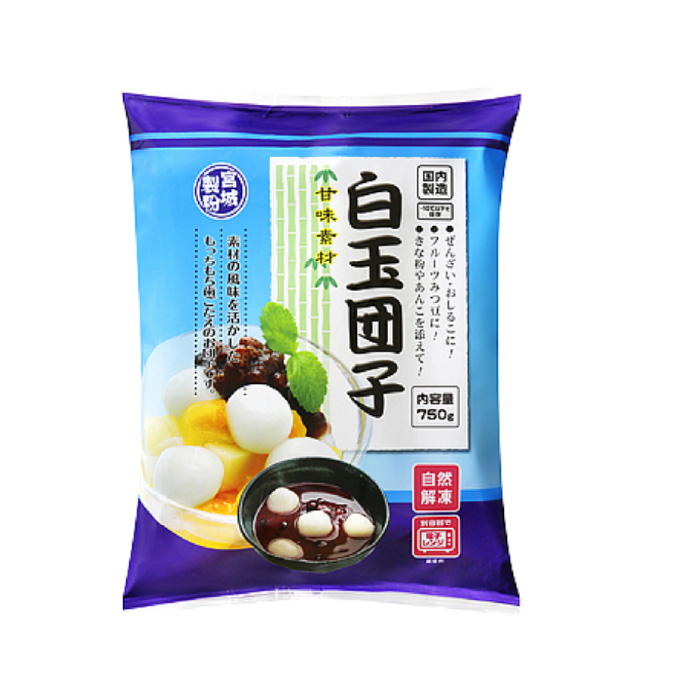
Frozen Shiratama Dango 750g
100,000đ/PACK
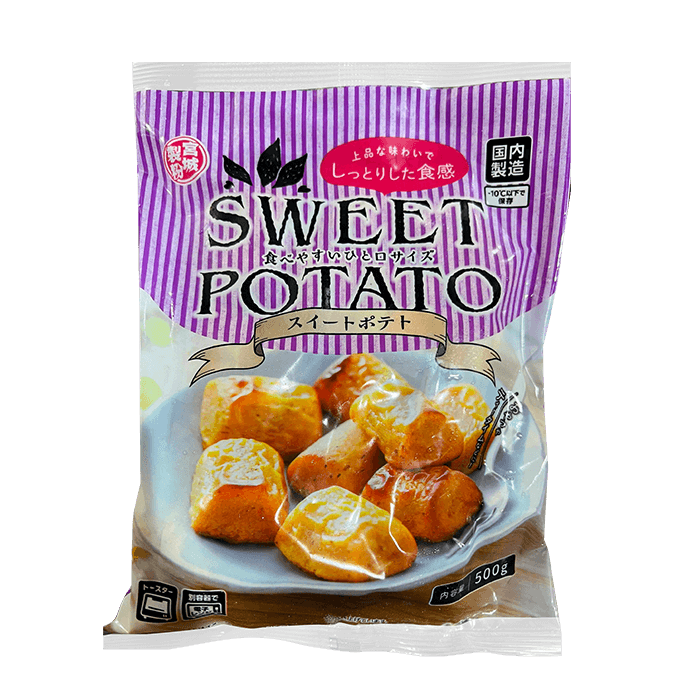
Frozen Sweet Potato Cake 500g
105,000đ/PACK
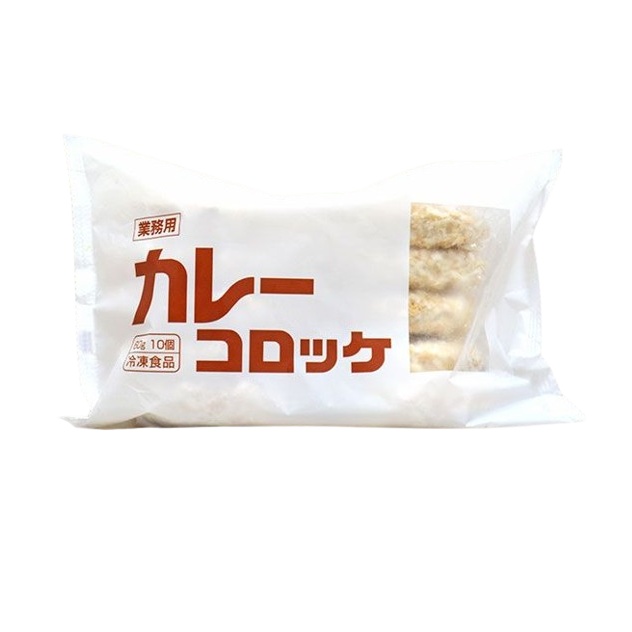
Korokke Frozen Curry Filled 600g
99,000đ/PACK
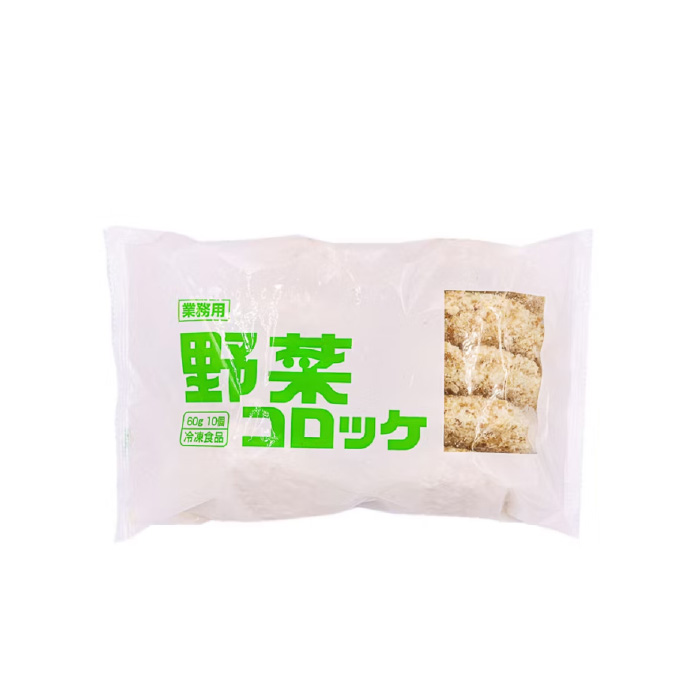
Frozen Vegetable Filled Korokke 600g
99,000đ/PACK
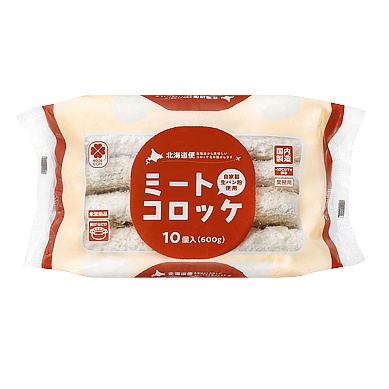
Frozen Meat Filled Korokke 600g
99,000đ/PACK
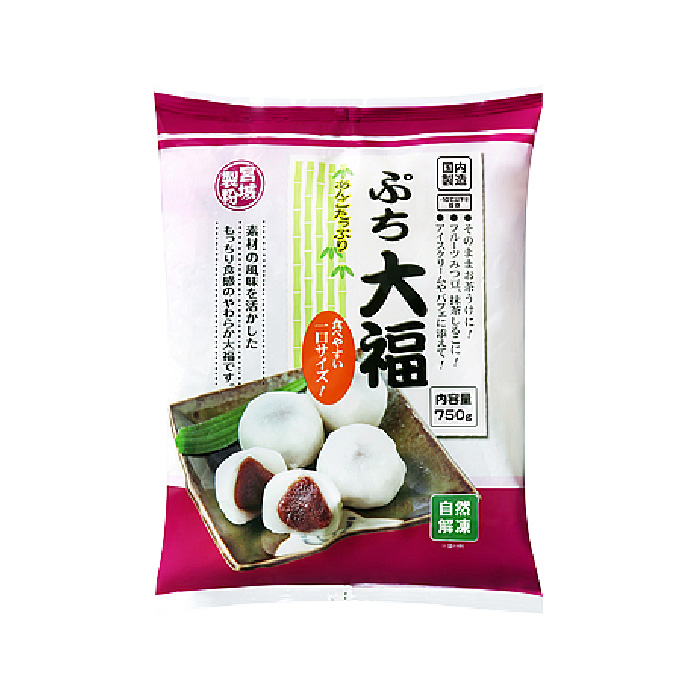
Frozen Daifuku Mochi 750g
115,000đ/PACK
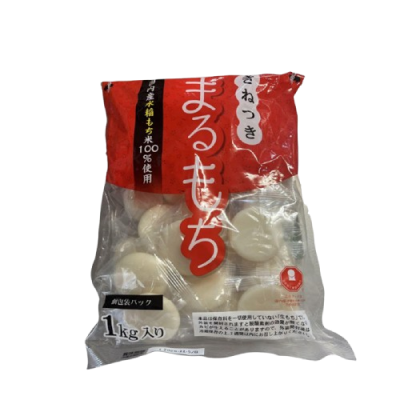
Maehara Seifun Dried Mochi 1kg
150,000đ/PACK
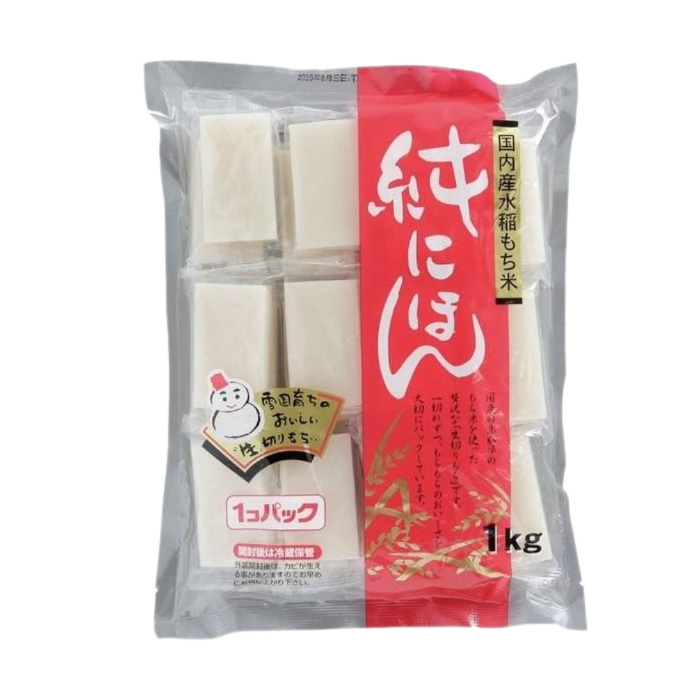
Original Flavour Mochi 1kg
145,000đ/PACK
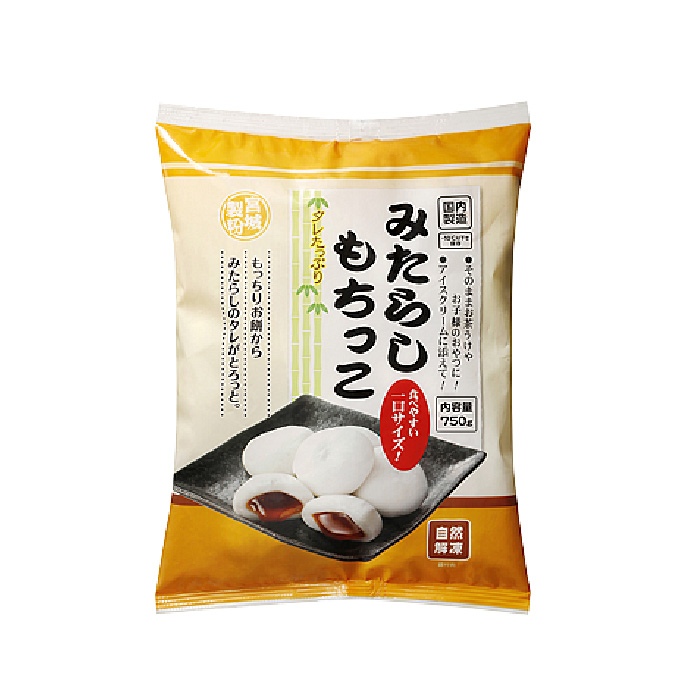
Frozen Mochi With Mitarashi Sauce Filling 750g
115,000đ/PACK
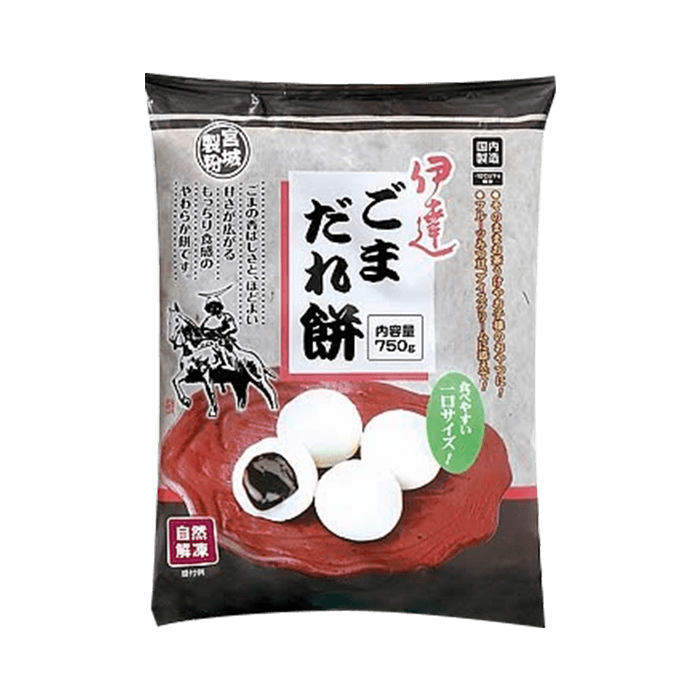
Frozen Sesame Filling Mochi 750g
115,000đ/PACK
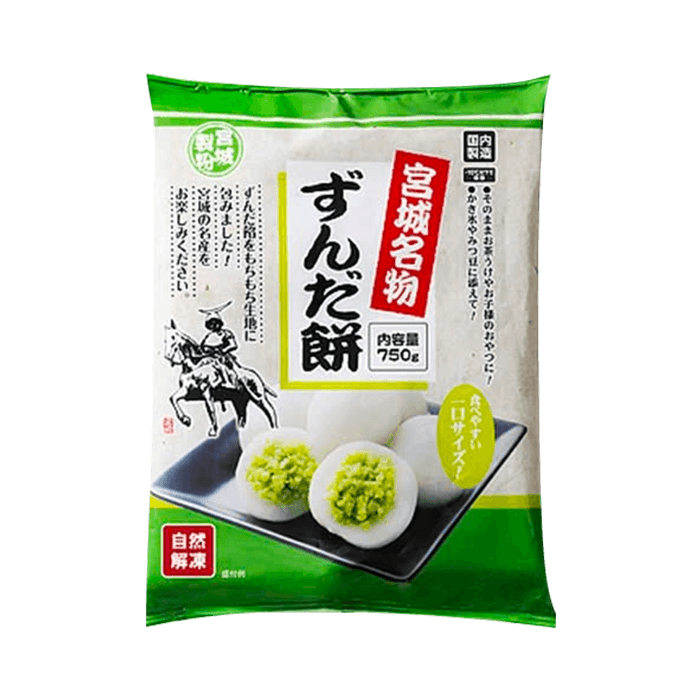
Frozen Green Bean Mochi 750g
115,000đ/PACK
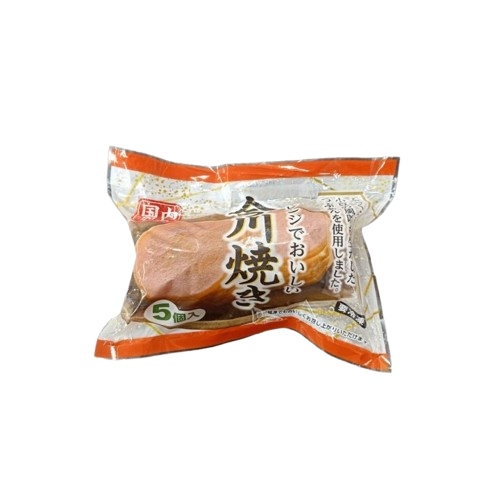
Imagawa Frozen Yaki With Red Bean Filling 400g
98,000đ/PACK

Frozen Fried Shrimp Cakes 400g
185,000đ/PACK
Additionally, Kamereo supports order placement until 12:00 PM and delivery before 6:00 AM the next day, ensuring the kitchen is always ready for operation from opening. We also guarantee an on-time delivery rate of over 99%, an in-stock rate of over 98%, and a product defect rate below 0.5%, providing businesses with peace of mind regarding the stability and quality of the supply.
Join the exclusive Flavors of Japan event co-organized by Kamereo and Gyomu Japan in Hanoi, promising to provide F&B businesses with access to authentic Japanese ingredients and optimal, sustainable procurement solutions.
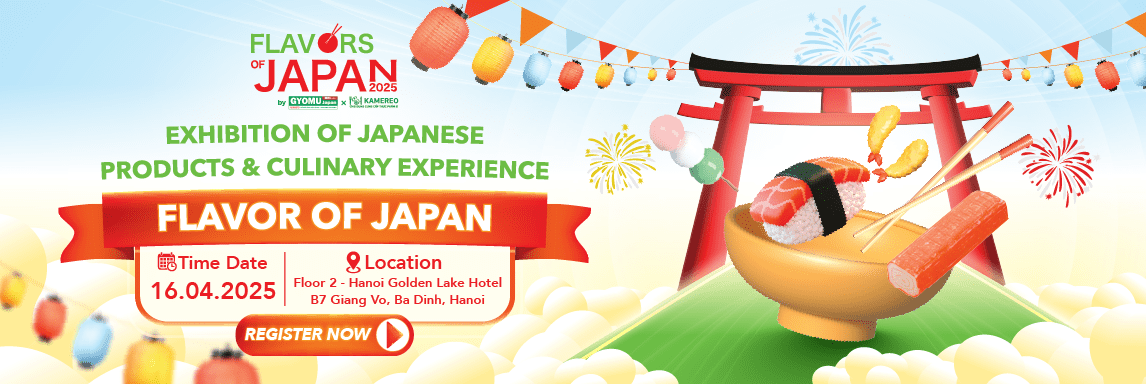
Conclusion
We hope this article has provided you with useful information about soba noodles and how to enjoy this dish in the authentic Japanese way. To experience the fresh flavor of soba noodles at home, visit and order quickly at Kamereo – a supplier of high-quality ingredients. Also, don’t forget to explore more unique culinary recipes and knowledge in the Food and Lifestyle section.
See more:



